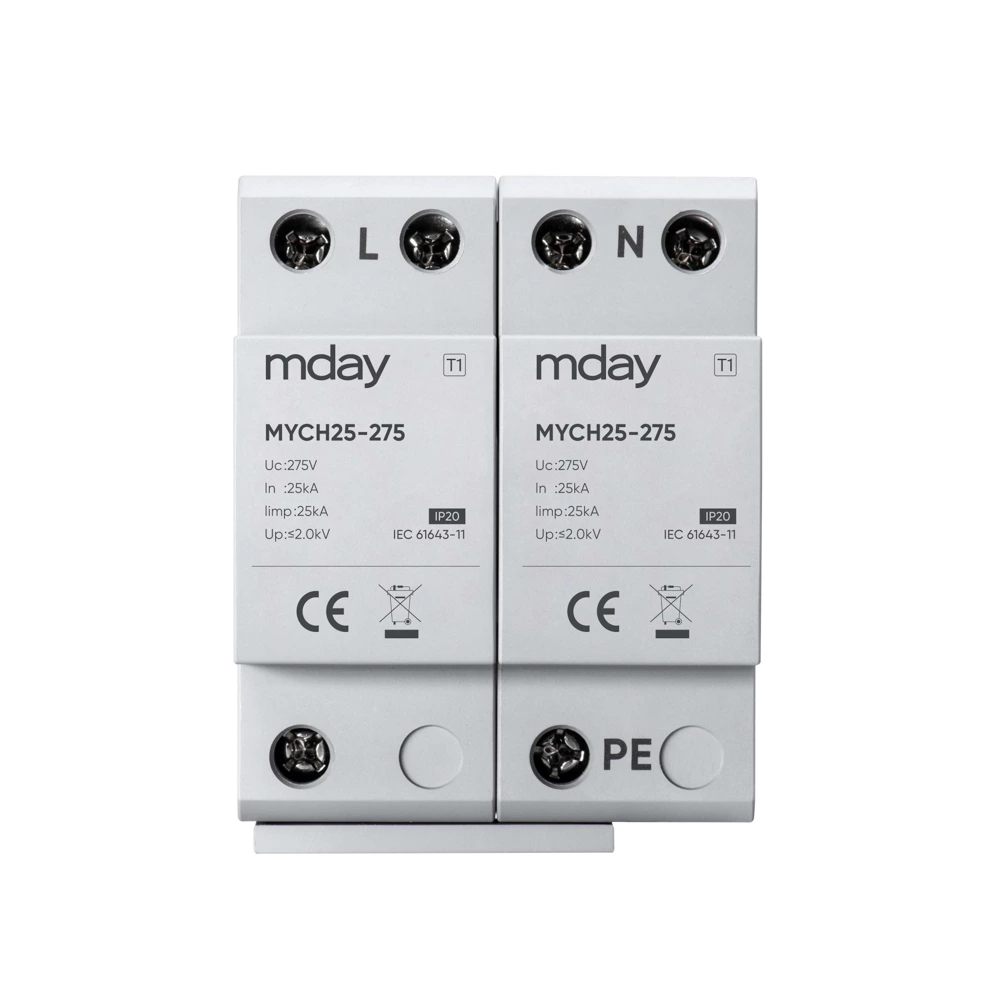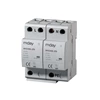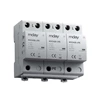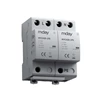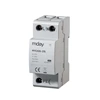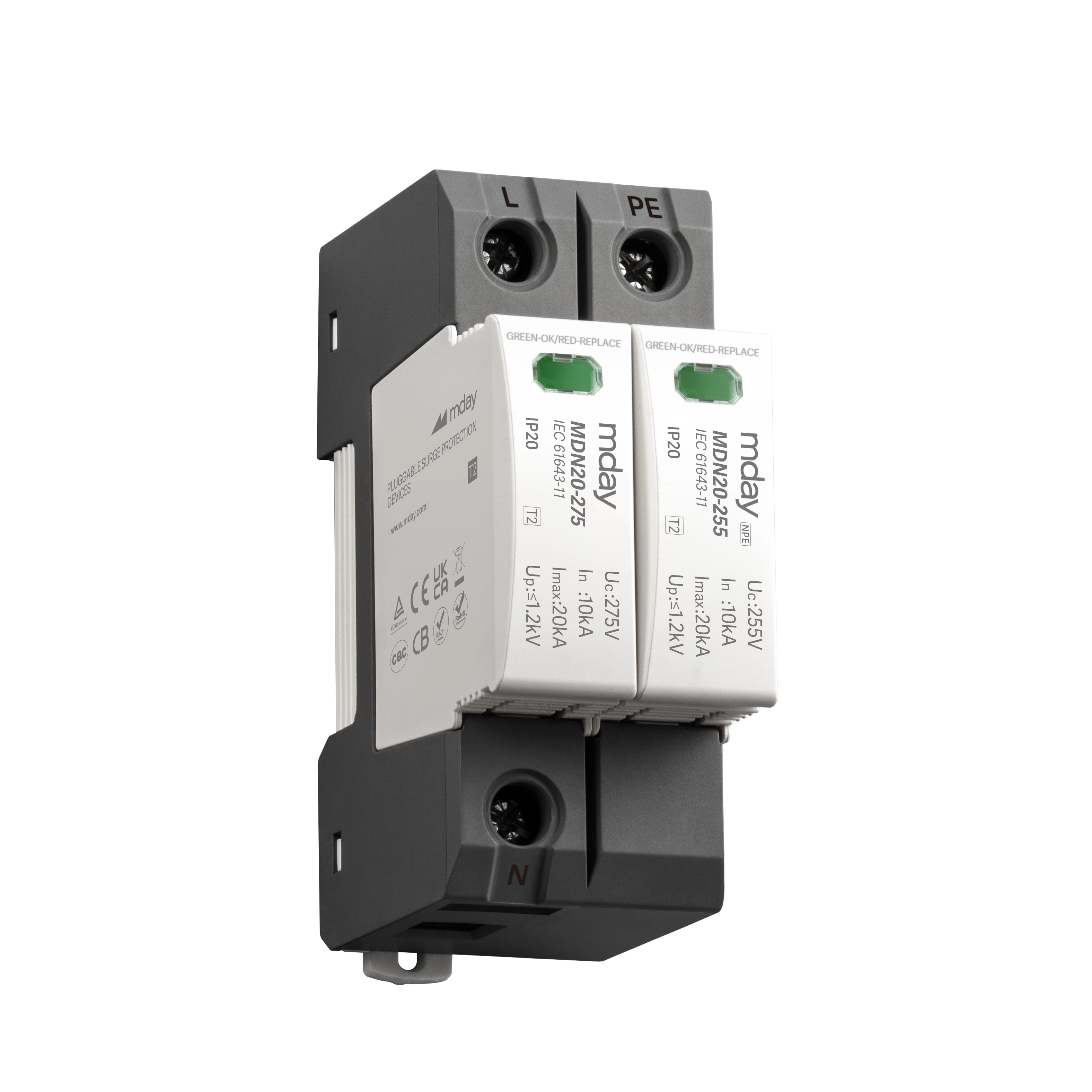The Role Of Surge Protector - Protect Equipment From Surges
In the power system, surge protectors play an important role in ensuring that electrical equipment is not threatened by overvoltage, thereby ensuring continuous and stable production. Previously, we have introduced to you the importance of surge protectors in handling overvoltages within the system and overvoltages generated by high-altitude nuclear explosions. Today, let us take a deeper look at the key role that surge protectors play in preventing overvoltages caused by lightning.
1. Types of lightning
Since Franklin first began research in 1749, lightning has gradually become a serious threat to the electronic society. Lightning is generally divided into the following types:
2. Formation of lightning
Lightning is generated between two areas of opposite charge and can be divided into two forms: cloud-to-cloud lightning and cloud-to-ground lightning. Lightning can travel for several kilometers and advance toward the ground in a stepped leader manner, forming a highly ionized channel. When the leader channel is connected to the ground, the lightning current will instantly hit back from the air to the ground, transmitting tens of thousands of amperes of current, creating an extremely strong discharge phenomenon.
3. Hazards of direct lightning strikes
During lightning discharge, the peak value of the lightning pulse current is usually between 5,000A and 200,000A, and the rise time is about a few microseconds. The impact of this direct lightning strike is limited to the vicinity of the lightning strike point, and the impact range on electrical and electronic systems is relatively small. In order to maximize the protection of equipment, the best way is to guide the lightning current to the grounding point through the lightning arrester and discharge it.
4. Hazards of indirect lightning strikes
The hazards caused by indirect lightning strikes include: Overhead line impact: Overhead lines are susceptible to direct lightning strikes in the natural environment, causing cable damage. The surge voltage then propagates along the wire to the connected equipment, causing damage to the equipment.
Ground potential rise: Lightning current flowing on the ground will raise the ground potential, causing a large ground potential difference in the building. This may cause damage or interruption to network equipment.
Electromagnetic radiation: Lightning can be regarded as a high-altitude antenna carrying a large amount of pulse current. The strong electromagnetic field generated will generate induced voltage and current near the equipment, causing major damage to electrical and electronic equipment.
5. The role of surge protectors
For the hazards caused by these lightning, surge protection device have become an effective way to solve the problem. They intercept lightning currents quickly and guide them to the ground, thereby protecting electrical equipment from lightning damage. The role of surge protectors is not only to maintain the stable operation of equipment, but also an important part of protecting the entire power system.
Protect your electrical equipment, starting with surge protective device
With the continuous advancement of technology, our lives and work are increasingly dependent on electronic equipment. However, these devices are often threatened by lightning. Choosing a suitable surge protector is not only a protection for equipment, but also a guarantee for production, protecting electrical equipment from lightning damage.
